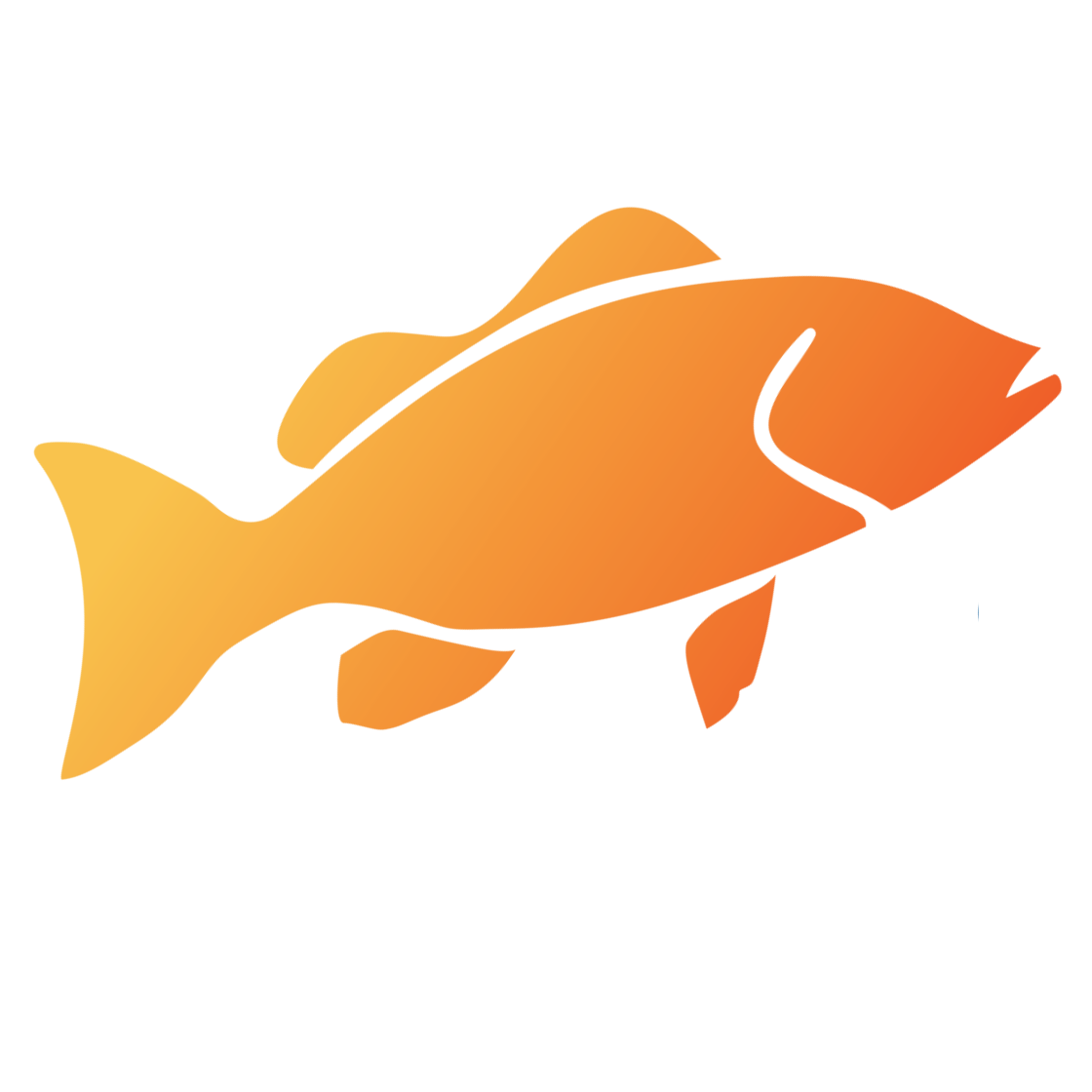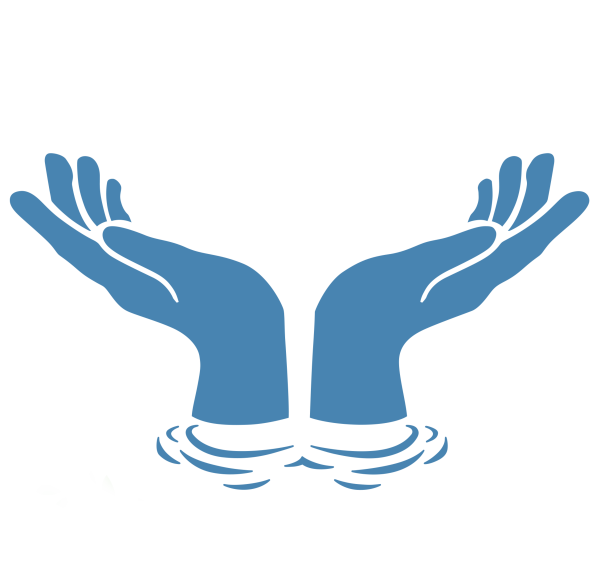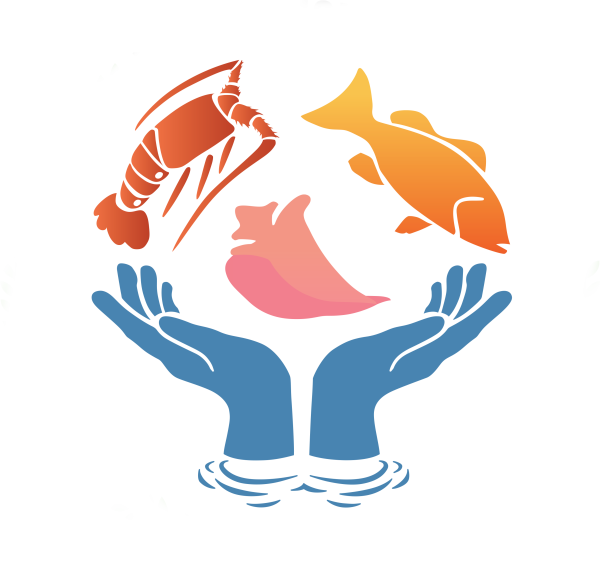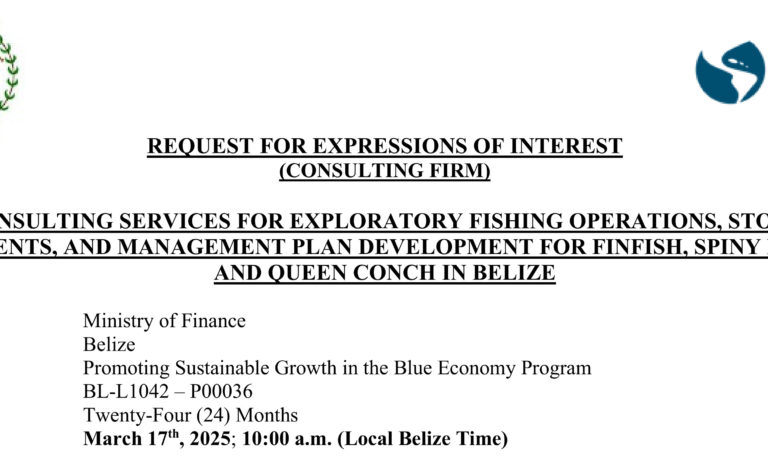
Fisheries data collection, research and education
Data analysis and design of management strategy
Promote implementation of management strategy
In order to accomplish the Department’s mandate of managing the fishing industry in a sustainable manner, the Capture Fisheries Unit (CFU) is tasked with the responsibility of fisheries research, monitoring and data collection that informs management decisions for sustainable use and conservation of wild caught fisheries resources – both marine and freshwater. The Unit conducts sound scientific assessments via well designed research and systematic data collection and monitoring programs, which is subsequently utilized in the development of appropriate management measures for the different commercial species.
The CFU also seeks to assess and provide guidance for new and emerging fisheries that could provide an economic alternative to the lobster and conch fishery. Moreover, CFU has under its mandate the proper oversight of the implementation of innovative management tools such as the Managed Access program, which is a rights-based approach to fisheries management that seeks to ensure fisheries sustainability by proactively incorporating fishers to participate in management decisions and to submit fisheries catch landings data.
- Liaise with fishermen on a day-to-day basis.
- Produce of scientific data on the principal capture fishery species through field research (distribution, population structure and abundance) and monitoring programs (CPUE, biological data).
- Provide technical advice to Fisheries Administration for the development and implementation of informed management strategies.
- Propose suitable legislation for fishery control measures (size limits, quotas, closed seasons, restrictions, and others.)
- Conduct public education/awareness programs on status of fishery resources.
- Participate in various forums (local and international)
- Coordinate and cooperate with various regional and international organizations (CRFM, OSPESCA, FAO, CITES, WECAFC, IMMARBE, etc.)
+5012032623
Regular updates are posted to keep the public, industry and fishers informed
CFU conducts programs which drive outcomes and decisions
Priority Programs
Research and Education
The Fisheries Research sub-branch is responsible for the assessment of all fisheries. It is tasked to design and execute needed research and to provide the best possible recommendations for decision making.
Fisheries Stock Research
Assess of the status of the commercially important fishery commodities for decision making purpose to ensure sustainable management of the fishery resources including Spiny lobster, Queen conch, various species of finfish and sharks.
Public Education
Educate the fishing community and general public on status of fishery stock, fisheries regulations and rationale. Education programs keep fishers abreast of stock conditions and strengthens working relationships between fishers and FiD.




Statistics and Data Management
Data Collection
Statistical data collection is an ongoing activity to keep records of trends in annual production volumes and export earnings of species harvested.
Data Management and Analysis
Fisheries data management, analysis and preparation of technical reports provide information used by decision makers to make informed decision geared towards sustainable use of the fishery resources.
Lobster Monitoring
The Spiny lobster, Panulirus argus, is Belize’s most important fishery commodity. In 2015, lobster tail production amounted to 535,863.3 lbs. Since the early 1990s, lobster production has remained stable (400,000 – 600,000 lbs). The Capture Fisheries Unit collects Biological data (Carapace lengths, tails weights, maturity, and population dynamics) of this species. In addition, catch-per-unit-of-effort (CPUE) is collected at sea and at the main processing facilities. This data provides information for the determination of various management measures such as size limits and fishing season.
Conch Monitoring
The Capture Fisheries Unit conducts a National Conch survey in all marine reserves and the barrier reef to determine the size of the conch population and to determine the year’s quota for sustainable fishing. Furthermore, inspections at the landing sites and inspections prior to exportation re conducted as a requirement by the Convention on the International Trade in Endangered Species of Wild Fauna and Flora (CITES). The Queen Conch is listed under CITES appendix II which requires special measures to control its trade. The Queen Conch (Strombus gigas) fishery is the second most important commercial fishery of Belize. The fishery is seasonal extending from October 1 through June 30 of the following year but would close earlier once the national conch quota is filled. Conch is harvested by free diving along coral reefs and seagrass meadows at depths ranging from 5 to 60 ft. The conch shell length should exceed 7 inches; the weight should exceed 3 ounces when market clean and the fillet weight should exceed 2.75 ounces. There is a closed fishing season (from July 1 to September 30), a quota and prohibition of use of SCUBA for commercial fishing. In 2015, conch production amounted to 751,630.5 lbs.
Fin Fish Fishery Monitoring
The fin fish fishery runs annually and is the main source of protein for a great number of Belizeans and international visitors. Due to its multiple fishers, multiple landing sites, and limited financial and human resources, there have been minimal formal assessments conducted for fin fish. Via the Central American Fisheries and Aquaculture Organization (OSPECA), the CFU personnel have received training in finfish data collection. Current efforts are to maintain constant monitoring at regular landing sites such as Conch Shell Bay fish market in Belize City. The unit collects data such as CPUE and catch landing.
Shark Monitoring
A total of 59 licenses were issued in 2016 with the condition that fishers will provide receipts of sale of product as well as their catch logs stating the area in which the shark was caught, the amount, species and the time fished as a measure of fishing effort. This is a special licensed fishery that is under strict regulation and surveillance.
Sea Cucumber Monitoring
Sea cucumber fishing has happened in Belize for as long as 20 years ago, but in smaller quantities. Legal harvesting of sea cucumber began in 2009 via the passing of SI 67 of 2009 which established a closed season and limited licensing which has oscillated between 70 and 80. A sea cucumber survey is conducted annually to determine a quota for the specially licensed fishery. The sea cucumber fishery has garnered the attention of many buyers and fishers alike. At the onset of the fishery sea cucumber was purchased from fishers at $3.50 BZD per pound, however as time progressed prices escalated up to $6.00 BZD per pound.
Alternative Fisheries · Innovative Management
The development of new and alternative fisheries to create employment and economic opportunities is a priority of the Fisheries Department. This helps to reduce fishing pressure on traditional lobster and conch stocks, which have shown in recent years to have high levels of fishing effort.
Introduction of innovative management tools such as Managed Access is also a priority of the Fisheries Department. The objective of the Program is sustainable fisheries that will secure livelihoods of fishers.
Managed Access
The assessment of the implementation of Managed Access at the pilot sites was completed in January 2013. The report indicated that Managed Access resulted in a number of observed benefits at both pilot sites such as fishers reporting higher catches, a significant decrease in the violation of fisheries regulations, the direct submission of catch data by fishers and increased stewardship, to name a few. Due to the success at both pilot sites, the Belizean Government endorsed the national roll out of the program to the entire territorial waters of Belize. The program aims at strengthening management through a national system of secure tenure for fishermen to fish in designated fishing areas.
Fisheries Diversification
The Fisheries Department continues to make great efforts to promote the development of new economic alternatives in the fishing industry. The Department currently fully supports the development of a national plan for economic alternatives that would guide investment into activities that have a higher probability of succeeding. Fisheries Development is the section that is responsible for supporting the development of viable fisheries such as stone crab, deep slope fishery, sea cucumber, pelagic fishery, hermit crab, blue crab, and inland fisheries.
Regulations, Educational, and Technical Resources are available for review and download.









